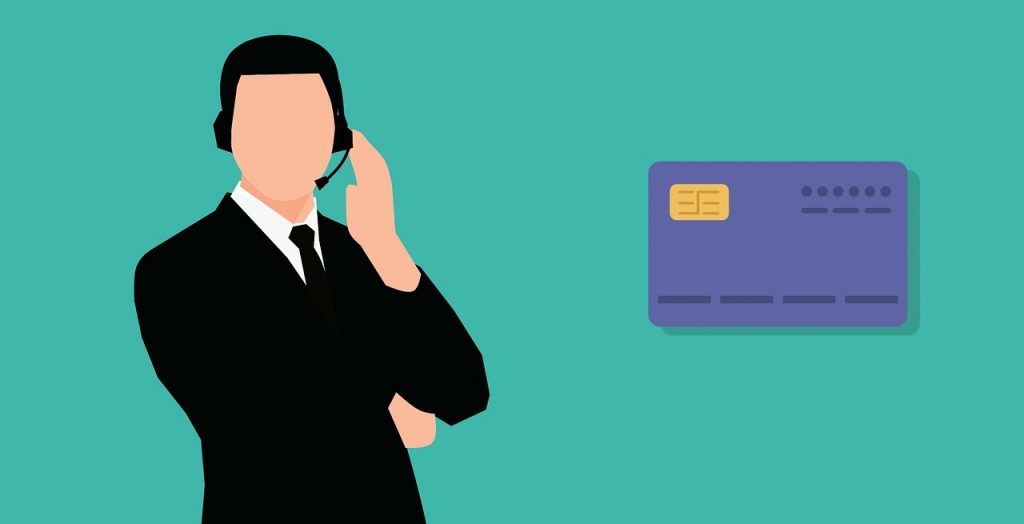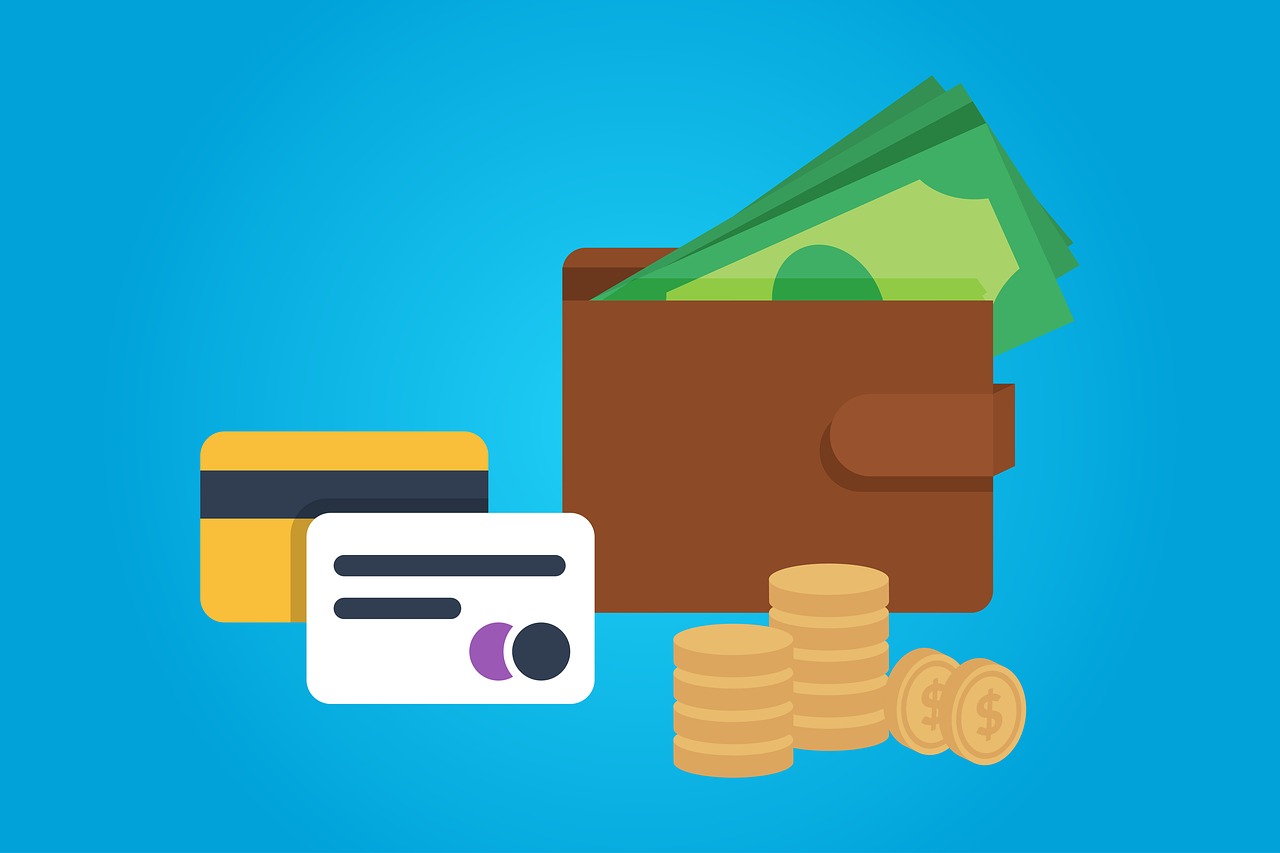What is a Revolving Line of Credit?
A Revolving Line of Credit refers to an agreement that permits an account holder to borrow money repeatedly up to a set dollar limit. Each payment, minus the interest and fees charged, replenishes the amount available to the account holder.
This type of funding is ideal for short-term purchases and expenses. The structure of a revolving line allows you to dip into your fixed amount frequently and pay back quickly to help manage any bumps in the road.
United Capital Source can facilitate revolving lines of credit for small businesses up to $450,000. A business line of credit is a must-have if you want to handle the increased demand that may come up in your business or to have a financial lifeline when you need it.
The best part about a revolving line of credit is that you only accrue interest charges and have to make payments when you use it. You can use the funds for any business expense, including rent, payroll, inventory, marketing, improvements, and so on.
How Does a Revolving Line of Credit Work?
As stated previously, a line of credit works like a credit card; only there is a set term when the line is opened. The most common terms for a line of credit are about 5-10 years. Once the term is over, a borrower would have to apply for a new line of credit.
Generally, you only accrue interest charges when you borrow funds and the credit line is used. However, some credit lines charge an annual fee regardless of use. Credit lines from lenders like, Bluevine, and Headway Capital charge a draw fee separate from the interest charge when used.
A higher interest rate is typically charged because of the convenience and flexibility of a business credit line compared to traditional loans. Revolving credit can come with variable interest rates that can adjust.
How is a Revolving Credit Limit Determined?
A credit limit is the maximum amount a financial institution is willing to extend to a customer seeking the funds. The credit limit is generally determined by several factors, including credit score, payment history, whether the line is secured or unsecured, and how much the business generates in revenues/profits, amongst other factors.
The bank will allow the agreement to continue if the account remains in good standing. Over time, the bank may raise the credit limit to encourage its most dependable customers to spend more. Conversely, the lender may decrease the limit or close the line altogether if payment history is shoddy.
What Credit Score is Needed for a Revolving Credit Line?
A line of credit is considered an unsecured loan, meaning the bank will not require collateral to issue funds to someone with a less-than-ideal history on their file. Generally, borrowers applying for a revolving line of credit need a higher fico score (Good to Excellent Credit) for credit approval than those seeking a revolving account like a credit card. For this reason, lenders typically rely on more factors to determine eligibility for a personal or business line of credit.
There are also secured lines of credit available for business and personal needs. The collateral used for these credit lines is generally real estate that the company owns or belongs to a homeowner/investor.
United Capital Source can facilitate business lines of credit for 550+ credit scores with compensating factors other than credit history.
How is Interest Calculated on a Revolving Credit Line?
To use a revolving line of credit loan as intended, you should be clear on how revolving credit works, especially how revolving interest is determined. Interest is calculated based on your principal balance amount with revolving lines of credit. You only accrue interest and start paying when funds are drawn.
See the example with the infographic below to learn how interest is calculated:
1. Determining Principal Balance
The outstanding principal balance for the previous month is used to compute interest on a revolving loan. You will not be charged interest on top of interest; you’ll only have to pay interest on the money you’ve drawn from the line. Consider the following scenario:
- Oct 1 – 10: With a $0 balance, no interest is accrued for ten days.
- October 11th: $100,000 is drawn from the line.
- October 21st: $50,000 is paid back and applied toward the principal balance.
- November 1st: Interest is charged on $100,000 for ten days and $50,000 for the remaining 11 days in October.
2. Interest Charge Calculations
A revolving line of credit’s interest is usually computed using actual days throughout a 360-day year. Like the one in the case below, some lenders employ a 365-day year. The balance is multiplied by the interest rate, then multiplied by the number of days in the month, divided by 365 is the formula for calculating interest on a revolving loan.
3. Revolving Interest Example
Let’s imagine your principal balance is $100,000, and your interest rate is 10% from October 11th to October 20th. Multiply 100,000 by 0.1, then divide by 365 and multiply by ten days. For those ten days, the interest fee is $273.97.
On October 21st, the line is paid down to $50,000. Now multiply the remaining 50,000 by 0.1, multiply by ten days, then divide by 365. When you add the two sums together, you get $410.96, which is the entire interest payable in October. For the rest of the month, your interest cost is $136.99.
Why Choose a Revolving Line of Credit?
Lower interest rates & fees
When choosing between revolving credit and revolving lines of credit, the most glaring difference for personal borrowers and business owners would have to be the interest rate. When businesses borrow money, they know they will have to pay interest, but the difference between a business line of credit and a business credit card can be staggering.
Although it pays to have both at your disposal, most small business owners would prefer to use a small business line of credit instead of business credit cards when they know they won’t be able to pay the loan amount within the credit card grace period.
A flexible method of financing
Revolving lines of credit are flexible, just like your business or personal life. Unlike an installment loan, you don’t need to worry about a set repayment term and making payments on the 1st of every month. One of the most attractive features of a revolving line of credit is the flexibility of drawing from your line when you need to and not be obligated to take a lump sum and pay it back over a set term.
Access to funds when you need them
Have you ever had an emergency in your small business that needed funds immediately to fix the problem? Many companies run into issues that need working capital right away to fix. If you’re a restaurant owner, maybe your oven or freezer requires a quick repair, or if you own a manufacturing business and need to finance equipment to meet an order on time.
Or, if you’re a homeowner and need convenient access to home equity lines to fix your boiler or do any other repairs, having a credit line at the ready is essential. Some homeowners might even use personal lines of credit to pay off high-interest student loans or auto loans.
Generally, you can access the funds with a transfer into your checking account or with a card tied to the line.
What is Revolving Credit?
When a lender issues an unsecured revolving credit account, they assign the borrower a specific total credit limit. This pre-approved limit is based on the client’s credit score, income, and credit history. Once the account is open, the borrower can use and reuse the account at their discretion. There is no set monthly payment with revolving credit accounts, but interest accrues and is capitalized like any other credit.
A borrower may use the credit limit and access money repeatedly if you do not exceed the credit utilization maximum and make the minimum payment. Suppose you make regular and consistent payments above the minimum required payments and make it a point to pay off any remaining balance. In that case, the lender may agree to increase your maximum limit.
Why Choose Revolving Credit?
In most cases, people would opt for a personal or business line of credit because of the high-interest charges associated with a personal or business credit card. However, since credit approval for lines of credit is more stringent, most go for credit cards. There are generally no origination fees with revolving credit, and you can easily apply online for most credit cards. There are also many credit offers like travel rewards and points that you can use wherever you shop. You can also take a cash advance if you need cash in a hurry. Most revolving credit accounts never shut down unless payments are defaulted on, so think of it as your source for always available credit.
Revolving Credit vs. Line of Credit: It’s Your Choice
A line of credit and revolving credit are not the same as a traditional loan. With most installment loans, like mortgages or auto financing, you must specify what your money will be used for in advance. However, with lines of credit or revolving credit, it’s different—you can use this type of funding however you want! Revolving credit lines also do not require predetermined monthly payments.
Line of credit payments tend to be a bit more unpredictable. A line of credit allows you to draw funds up to a specific limit with no additional fees or costs until you start tapping into it for funds. Your regular monthly installments will go towards paying back what was borrowed and any applicable interest charges incurred along the way.
Secured credit accounts, such as a home loan or car loan, offer lower rates than unsecured lines of credit. Lowering the rate for secured credit transactions can save you thousands in lifetime costs and allow refinancing options that are unavailable to those with an unpaid balance on their account.
If you’re planning to make a one-time purchase, consider opening an installment loan instead of applying for unsecured lines of credit. Suppose your goal is permanent debt consolidation or building equity in something like real estate over time. In that case, loans tailored to purchases such as homes and cars are often better than borrowing against old debts with new ones at higher rates.















